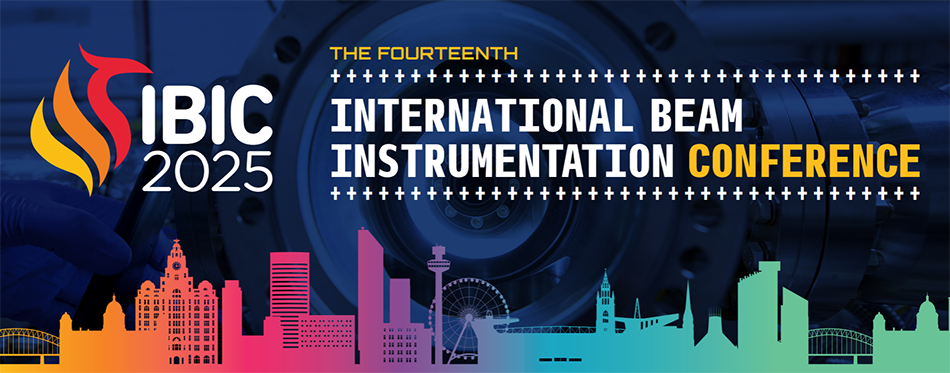Speaker
Description
The Future Circular $ \mathrm{e}^+ \mathrm{e}^- $ Collider (FCC-ee) at CERN will provide collisions at four interaction points along a 91 km long ring, with beam energies ranging from 45.6 GeV (Z pole) to 182.5 GeV ($\text{t}\bar{\text{t}}$ threshold). The radiation environment along the accelerator varies significantly, with different dominant sources depending on location and operational mode. Accurate characterization of this environment is essential for the design and placement of machine equipment, particularly electronic systems and beam instrumentation. In this study, the Monte Carlo code FLUKA is used to characterize tunnel radiation levels from the main sources, including radiative Bhabha scattering, synchrotron radiation, and beam-gas interactions. The results at the Z pole and $\text{t}\bar{\text{t}}$ threshold for both the interaction regions and arcs are presented to guide early-stage design considerations and to quantify exposure risks for electronics at potential installation locations.
Funding Agency
This work was supported by CERN doctoral student program.
| I have read and accept the Conference Policies | Yes |
|---|

